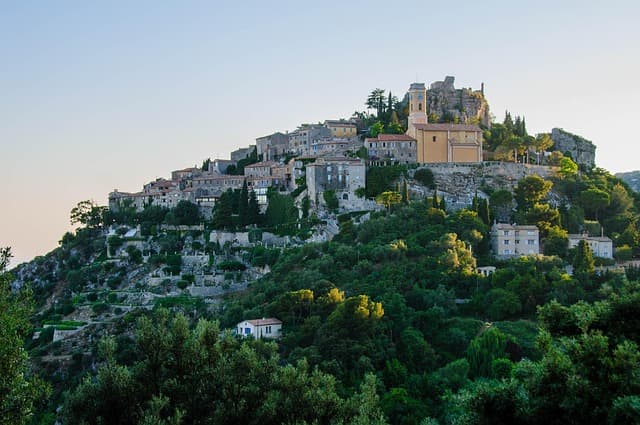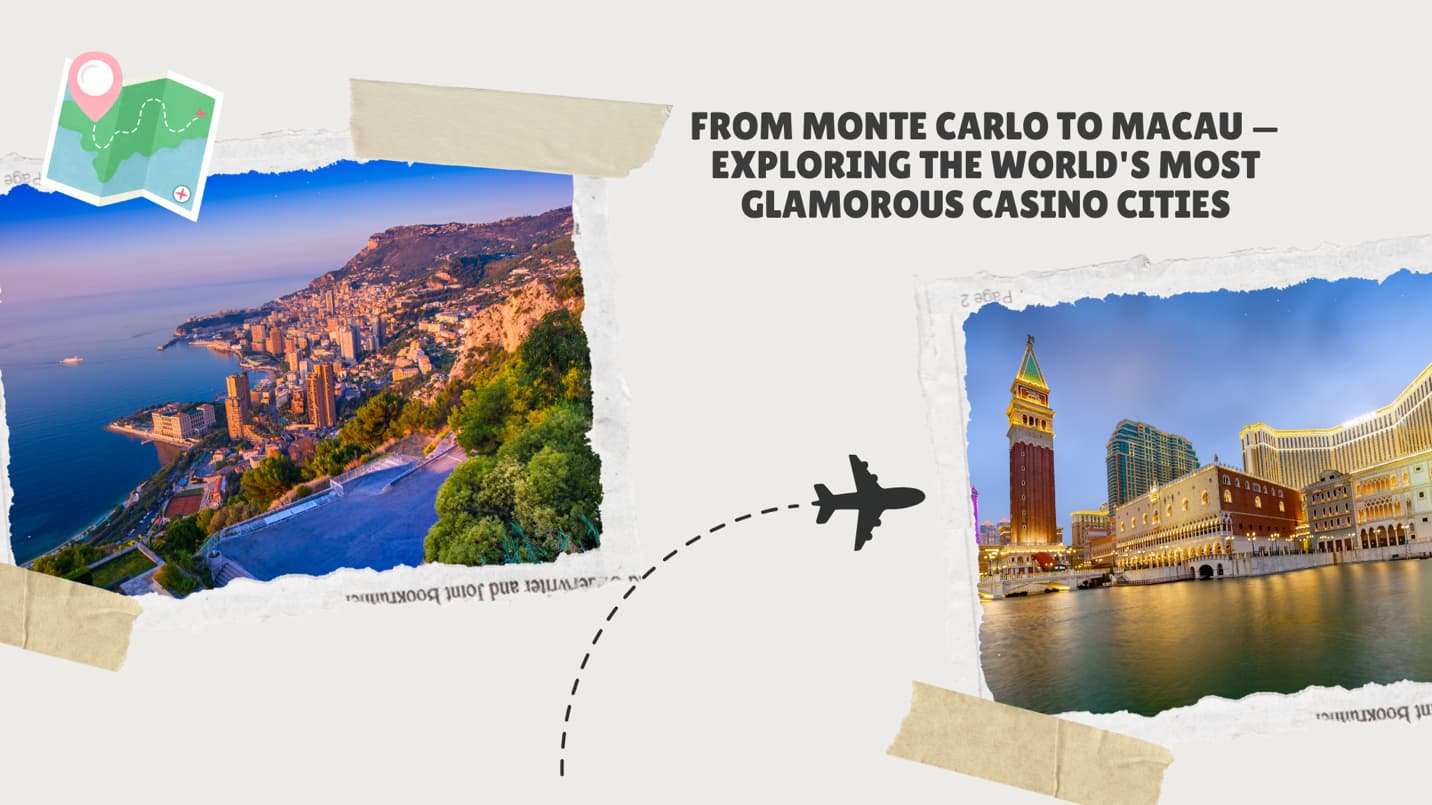Exquisite architecture, centuries-old history and spectacular scenery – France’s treasure trove of gorgeous villages and tiny towns charms movie directors and Instagram users alike. Bypass highways and travel along winding country roads to find thousands of rural gems scattered throughout the country.
It’s best to arrive early in the morning or late in the evening on a weekday to see France’s most beautiful villages when there are the least tourists. They become even more magical if you stay there overnight. Here’s our list of the most beautiful places to start.
Eze, Provence
Halfway along the Côte d’Azur between Nice and the Principality of Monaco (about 12km/7 miles from each), charming Eze clings dangerously to a rocky peak. Along its cobbled streets are elegant art galleries, boutiques and restaurants.
Fort de la Revere in Eze, built to protect Nice in the 19th century, overlooks the sparkling blue Mediterranean Sea. The view is even more dizzying from what was once a medieval fortress and is now a botanical garden of succulents, the Exotic Garden of Eze. On a clear day, the entire bay of Saint-Tropez can be seen from here.
Planning tip: When making your travel plans, take care not to confuse Eze with the seaside town of Eze-sur-Mer, which is a dizzying 429 meters (1,407 feet) lower. Climbing the slope is not recommended in the blazing sun, but with good hiking boots (and plenty of water) the descent down the Chmen de Nietzsche trail takes 45 minutes.
Gordes, Provence
On the edge of Provence, in the sun-drenched Luberon Regional Natural Park in the Vaucluse Mountains, the hilltop village of Gordes once protected the town of Cavaillon, 17 km (10 miles) to the west, and served as a refuge for people fleeing invasions and religious wars.
Gordes, with its terracotta roofs, church towers and winding streets, is particularly attractive on Tuesday mornings when market stalls sell Provencal fabrics, linens, soaps, sun-ripened fruits and vegetables, cheese, wine and other produce for an idyllic picnic.
Planning tip: Ancient boris (beehive-shaped limestone huts; best seen in the village of Bori) are scattered throughout the area. Come here in summer to see the lavender-covered terrain, and visit the lavender museum in Gordes for a typical photo of the purple flowers framing the 12th-century Notre-Dame-de-Senanc abbey.
Flavigny-sur-Ozeran, near Dijon
Founded in the 8th century, the beautiful Burgundian village of Flavigny-sur-Ozeran, about 60 km (36 miles) northwest of Dijon, tells its medieval history through ramparts, fortified gates, cobbled streets, artisans’ workshops, houses and hotels. These anise sweets were made by Benedictine monks from the green anise growing on the hill (a legacy of Julius Caesar’s field base where wounded Roman soldiers who defeated Vercingetorix in nearby Alesia were treated).
The Trüba family still makes sweets in the old abbey, and their aroma greets you upon arrival. Don’t worry, tours include a tasting. In 2000, the movie “Chocolat” starring Juliette Binoche was filmed in this village.


